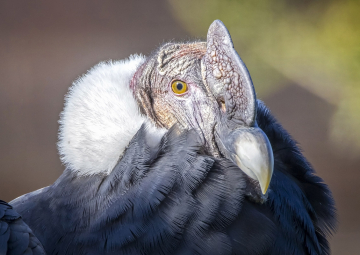GENERAL
What is there to consider in order to make a training plan?

When we talk about training, it is necessary to know how to organize a training plan that is well defined and easy to understand by all. In addition, it is important that we trainers follow the same methodology and thinking.
Before starting any type of training, each trainer should have a plan to follow and all necessary information about the behavior that will be trained.
Let us see what are, in our opinion, the most recommended points and guidelines to apply in any zoological facility or in any animal training protocol.
First, we have to evaluate the purpose of the behavior and be able to prioritize the most necessary behaviors. For example: if we value the objectives for our needs, we would have to prioritize the training of a voluntary gating (the action of entering from one enclosure to another through a channel, tunnel, gate…) rather than a vocalization.
Important points to consider in a training plan:
-
The bridge:
If the animals we interact with have not yet learned this concept, the first thing we have to do is condition it.
The bridge (a bridge stimulus connects a behavior with reinforcement) is the tool we use to communicate with them, and we will use it to both train new behaviors and to correct or strengthen those already learned.
We will talk about this in depth in the next article.
-
The animal’s desensitization to everything around it.
We need to make sure they are focused and attentive to what we’re teaching them. Many facilities use active desensitization, meaning that they train animals to not be suspicious about something through positive associations with reinforcement. Thus, we will achieve relaxation and tranquility of the animal with the surrounding environment, avoid distractions, and increase the probability of success.
-
Design well the desired behavior by carefully following, step by step, the points we have written.
Plan well the types of reinforcement, how many sessions per day, how many trainers, the place where you will do the training, etc.
-
Flexibility:
A training plan is like a guide or a map, something unexpected can happen during a session and you must be prepared to respond to this unforeseen circumstance.
Each animal is a unique individual and can respond differently to a specific situation. It is therefore necessary to anticipate possible sudden changes in your training plan.
-
Concentration:
During a session it is easy to become distracted. If we want to train a behavior, we must avoid our own distractions because they divert us from the path and we can confuse the animal. This way, we know if we need to adjust the plan or change our goal.
-
Records:
Write down everything that happens during each stage of training (type of reinforcement, reaction of the animal, etc.) during and after training. In the event of a problem, we can always access our notes and see what we have done to correct it. In addition, it is also a very useful document to help other trainers get a guide to train a future behavior.
In our opinion, these points are the basis for a good training program for you and your animals. Pay attention and fun will be guaranteed.
And remember, If it’s possible… WeZooit!
SHARE
For any questions, contact us.


















